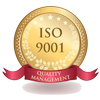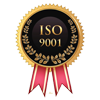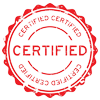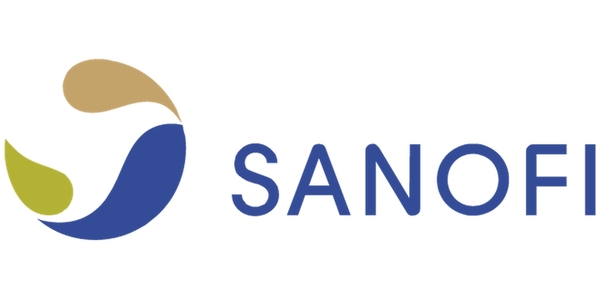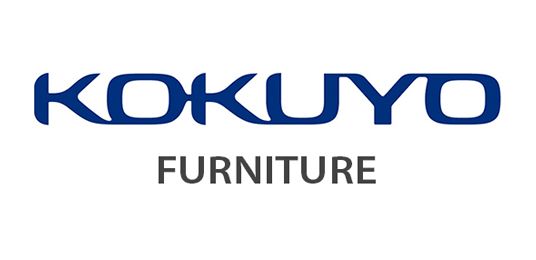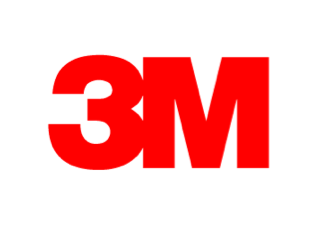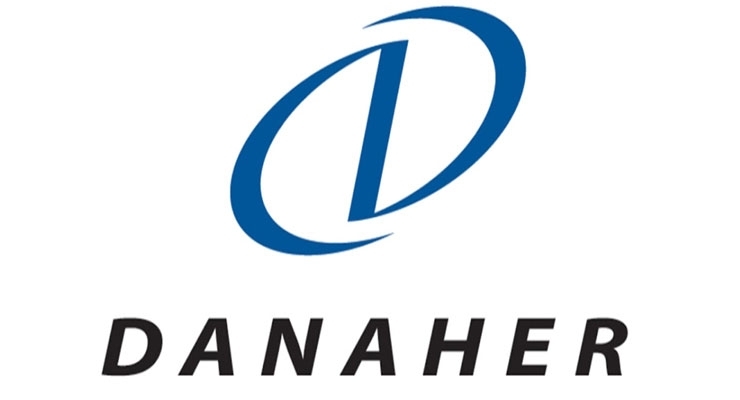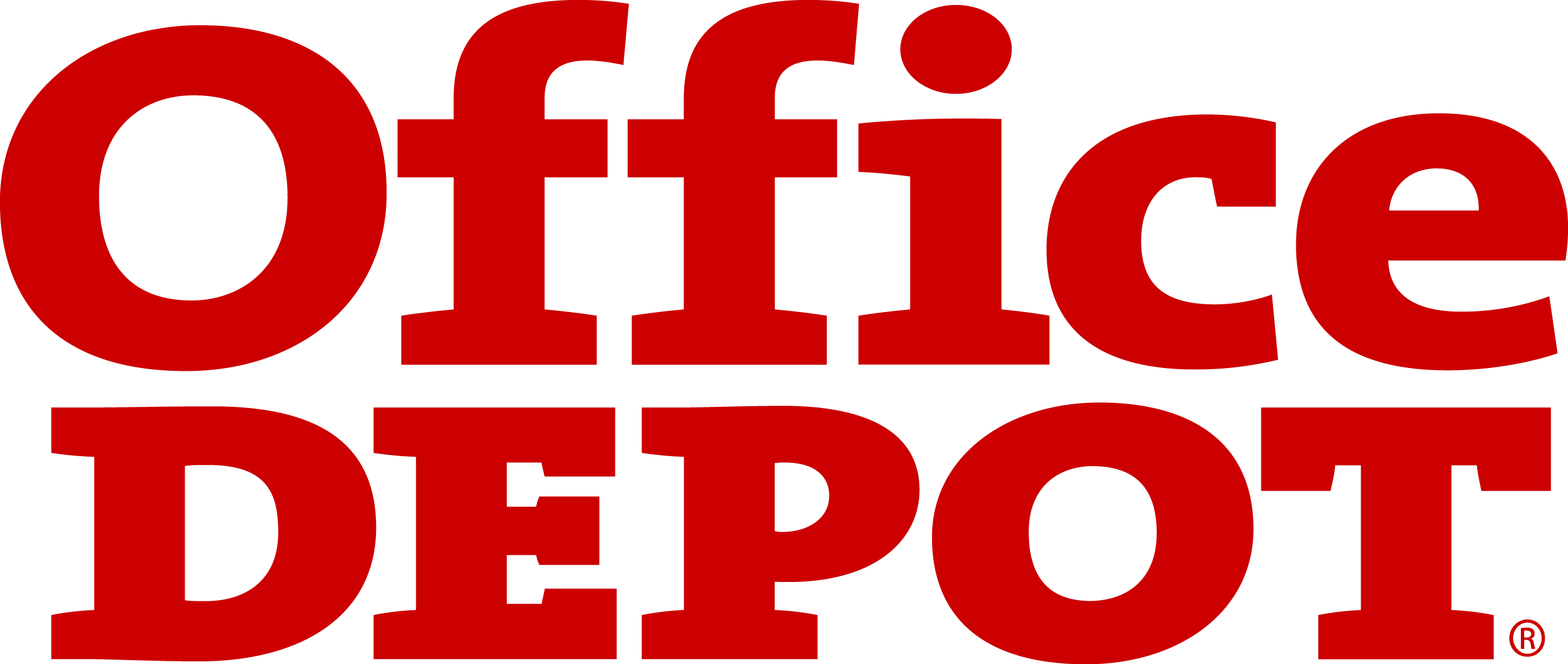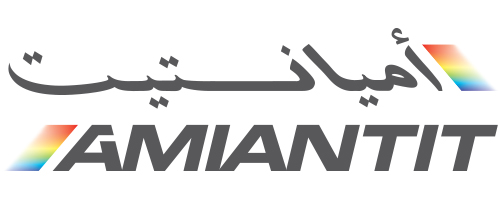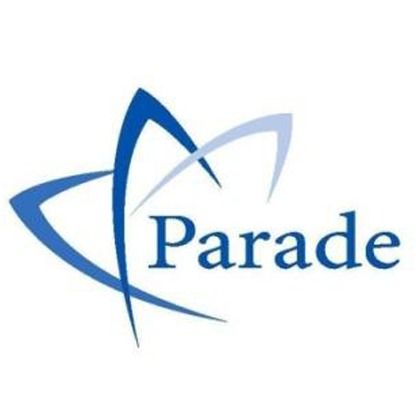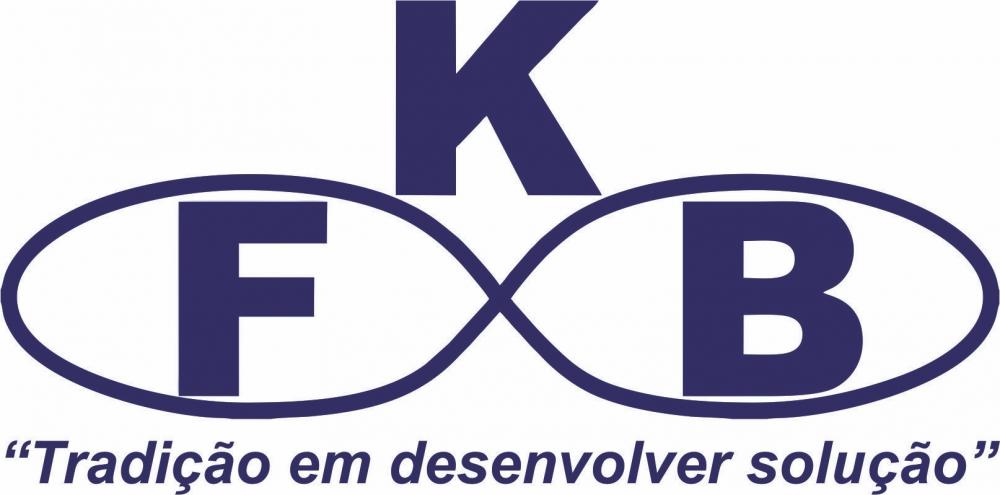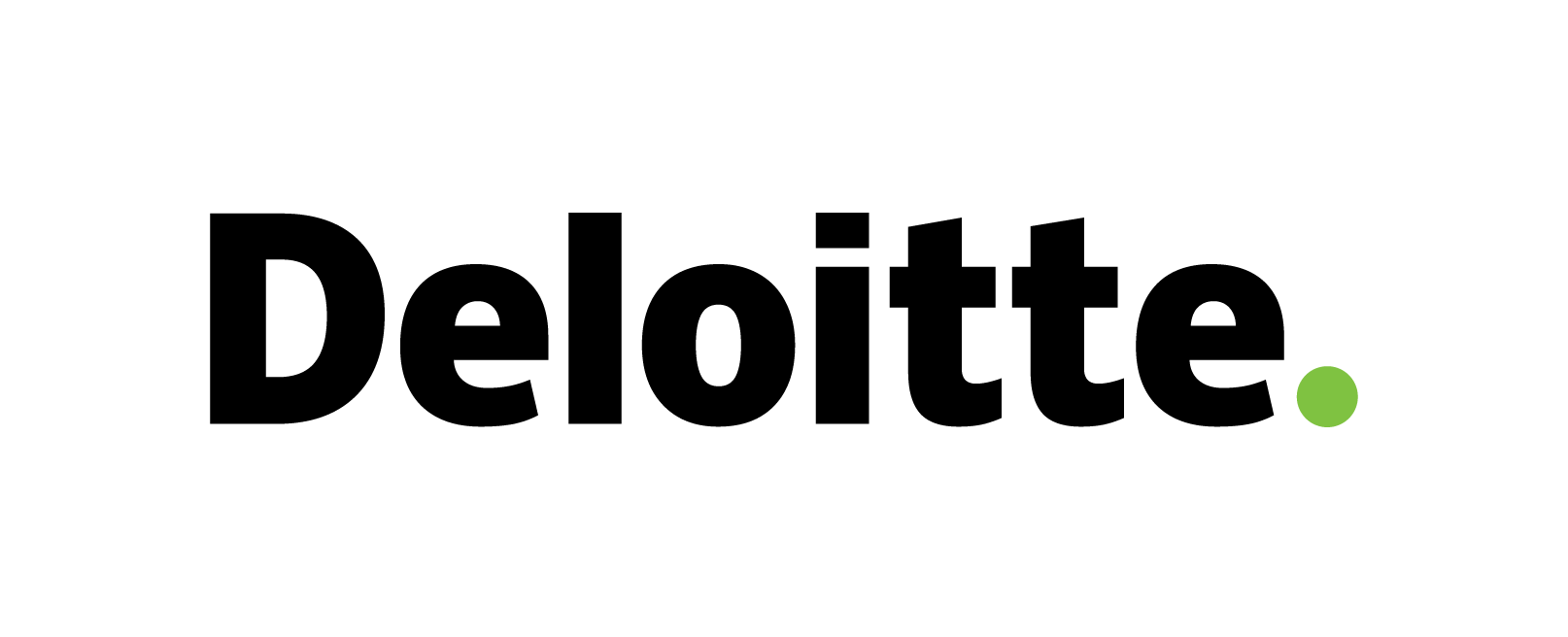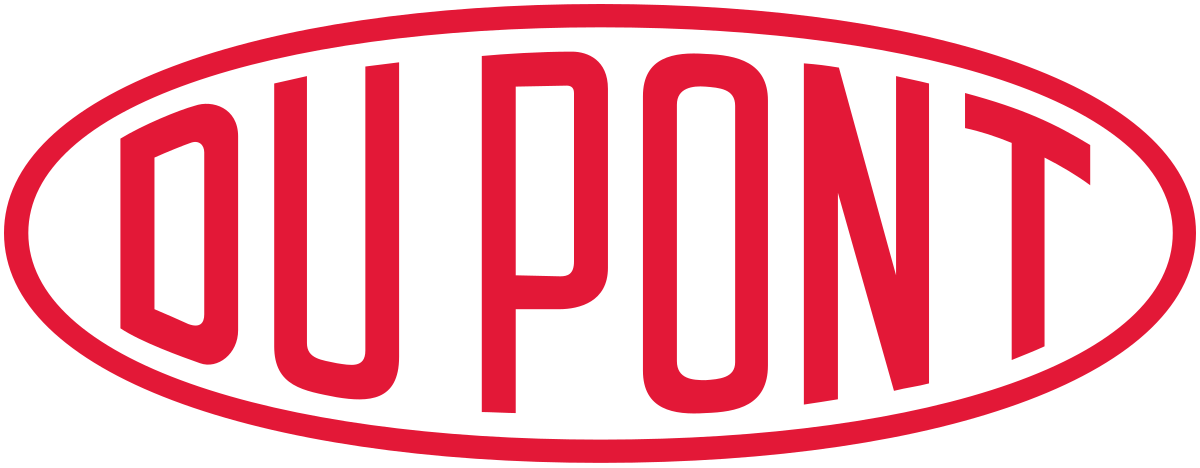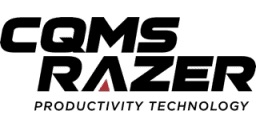The Osteoporosis Drugs Market is segmented by drug type ( bisphosphonates, hormone replacement therapy, RANK ligand inhibitors, and parathyroid hormone analogs), by distribution channel( hospitals, retail pharmacies, and online sales) and By Regional Analysis ( North America, Europe, Asia-Pacific etc ) : Global Size, Share, Trends, Growth and Forecast 2023-2032
Osteoporosis Drugs Market: Highlights
The global osteoporosis drugs market size was valued at USD 14.8 Bn in 2022 and is expected to grow USD 24.7 Bn in 2032, at a CAGR of 5.2% over the forecast period 2023-2032.
Osteoporosis Drugs Market: Overview and Definition
Osteoporosis drugs are medications used to treat and prevent bone loss in patients with osteoporosis, a condition in which bones become weak and brittle. Osteoporosis is a common disease, particularly in older adults and women after menopause, and can increase the risk of fractures and other complications.
The global osteoporosis drugs market is expected to experience steady growth in the coming years due to an increasing prevalence of osteoporosis, growing awareness of the disease, and a rise in the geriatric population.
Extreme fractures, which can hurt a patient's wellbeing, are driving the growth of the Osteoporosis Drugs Market. Osteoporosis is a chronic condition in which a person's bone mass density deteriorates mainly in the hip and spine. Osteoporosis is treated with a mixture of oral and injectable medications.
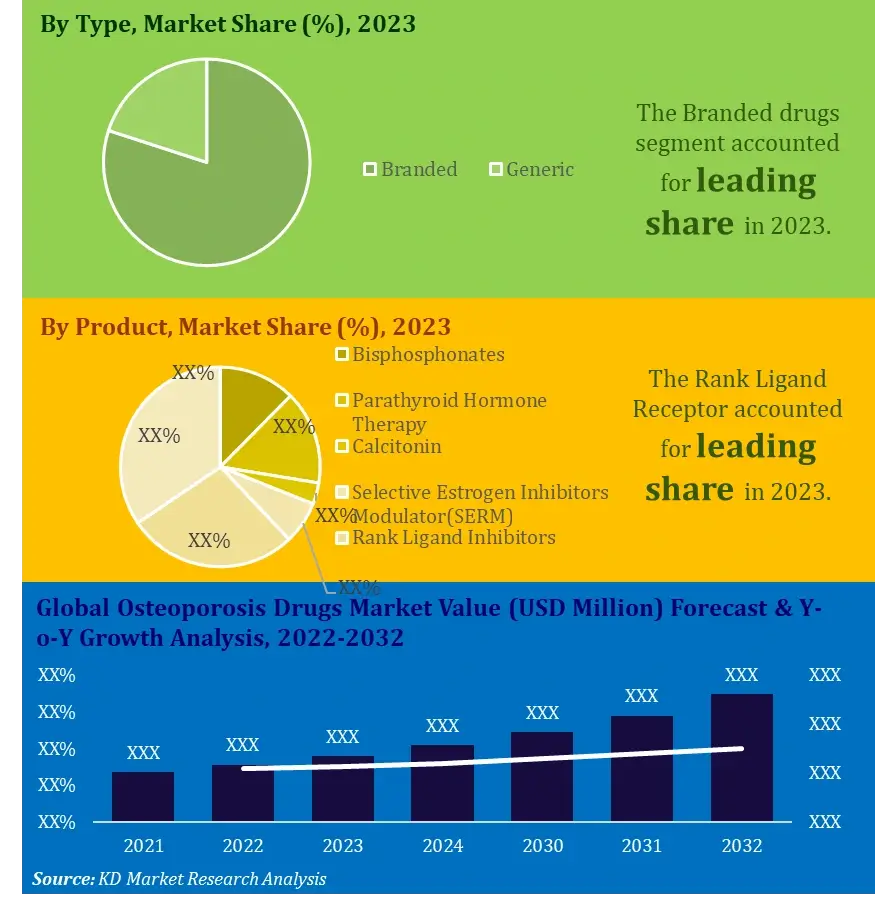
Osteoporosis Drugs Market: Key Drivers
The global osteoporosis drugs market is driven by several factors, including:
Increasing prevalence of osteoporosis: Osteoporosis is a common disease, particularly in the aging population. The rising prevalence of osteoporosis is one of the key drivers of the market, as it has led to an increasing demand for osteoporosis drugs.
Growing awareness of osteoporosis: As the awareness of osteoporosis increases, more people are being diagnosed with the condition and seeking treatment. Increased awareness of the disease and its consequences is driving demand for osteoporosis drugs.
Rising geriatric population: The aging population is a major driver of the osteoporosis drugs market. As the population ages, the risk of developing osteoporosis increases, which has led to a growing demand for osteoporosis drugs.
Technological advancements in drug development: Ongoing research and development activities in the field of osteoporosis drugs are driving market growth. New drug developments and advancements in drug delivery technologies are improving the effectiveness of osteoporosis drugs.
Government initiatives to promote osteoporosis awareness: Several governments around the world have launched initiatives to raise awareness about osteoporosis and encourage early diagnosis and treatment. Such initiatives are driving the demand for osteoporosis drugs.
Increasing healthcare expenditure: With the growing importance of bone health, people are increasingly willing to spend on preventive healthcare. As healthcare expenditure increases, so does the demand for osteoporosis drugs.
Anti-osteoporosis and fracture recovery are most often treated with oral medications.
Oral drugs are often used to treat osteoporosis and fracture rehabilitation. The market's expansion has been aided by the increasing need for non-invasive therapeutics. Pharmaceutical companies are supposed to place a greater emphasis on developing their manufacturing capabilities. With growing demand for non-invasive therapeutics, the oral drug is projected to hold more than 65 percent of revenue share in anti-osteoporosis therapy and fracture healing. Pharmaceutical companies are supposed to place a greater emphasis on developing their manufacturing capabilities. Increased investment in innovation and new product launches has benefited from scientific development opportunities for product efficacy and minimal complications. Manufacturing activities have been suspended around the world due to large-scale closures and shutdowns, impacting the growth of the anti-osteoporosis and fracture healing industries. Leading biopharmaceutical firms are currently focusing their attention on seeking a cure for the coronavirus, creating a hiatus in research and development.
Osteoporosis Drugs Market: Challenges
The global osteoporosis drugs market faces several challenges, including:
High cost of osteoporosis drugs: Osteoporosis drugs can be expensive, and this can be a barrier to their adoption, especially in countries with limited healthcare budgets.
Adverse effects associated with some drugs: Osteoporosis drugs can have adverse effects such as gastrointestinal problems, bone pain, and osteonecrosis of the jaw. These side effects can limit their use in some patients.
Availability of alternative treatments: Calcium and vitamin D supplements can help prevent and treat osteoporosis, and some patients may prefer these options to drug treatments.
Patent expirations: The patent expirations of some of the leading osteoporosis drugs may lead to the entry of generic drugs, which could reduce the market share of branded drugs and lower their prices.
Low awareness of osteoporosis in some regions: In some regions of the world, osteoporosis is not well recognized or understood, which can limit demand for osteoporosis drugs.
Regulatory hurdles: The development of osteoporosis drugs is subject to regulatory approval, which can be a lengthy and expensive process, limiting the ability of companies to bring new products to market.
|
Osteoporosis Drugs Market: Report Scope |
|
|
Base Year Market Size |
2022 |
|
Forecast Year Market Size |
2023-2032 |
|
CAGR Value |
5.2 % |
|
Segmentation |
|
|
Challenges |
|
|
Growth Drivers |
|
Osteoporosis Drugs Market: Segmentation
The Global Anti-Osteoporosis Therapy and Fracture Healing Market is bifurcated on the basis of drug type, route of administration, distribution channel and by region. On the basis of drug type, it is further classified as Biphosphates, Calcitonin, Estrogen or Hormone Replacement Therapy, Others. Depending on route of administration it is segmented as Oral, Injectable. Based on distribution it is divided as Hospital Pharmacies, Drug stores, Retail Pharmacies, E-commerce.
By Drug Type:
- Bisphosphonates
- Parathyroid Hormone Therapy
- Calcitonin
- Selective Estrogen Inhibitors Modulator (SERM)
- Rank Ligand Inhibitors
- Others
By Type:
- Branded
- Generic
By Route Of Administration:
- Oral
- Injectable
By Distribution Channel:
- Hospital Pharmacies
- Drug stores
- Retail Pharmacies
- E-commerce
By region:
- North America
-
The U.S.
-
Canada
-
-
Europe
- France
- The UK
- Spain
- Germany
- Italy
- Rest of Europe
-
Asia Pacific
- China
- Japan
- India
- South Korea
- Southeast Asia
- Rest of Asia Pacific
-
Latin America
- Brazil
- Mexico
- Rest of Latin America
-
Middle East & Africa
- GCC
- South Africa
- Rest of Middle East & Africa
Osteoporosis Drugs Market: Regional Synopsis
North America is likely to be the most profitable region throughout forecast period
Based on geographical analysis, the Global Anti-Osteoporosis Therapy and Fracture Healing Market is divided into North America, Europe, Latin America, Asia Pacific, and Middle East & Africa. The growth of the Anti-Osteoporosis Therapy and Fracture Healing Market across the North America region is chiefly determined by per capita medical services use and increasing dispensable wages.
Osteoporosis Drugs Market: Key Players
- Pfizer Inc.
- Amgen Inc
- Merck and Company Inc
- Merck and Company Inc.
- Novartis International AG
- F. Hoffmann La Roche Ltd
- Teva Pharmaceutical Industries Ltd
- GlaxoSmithKline Plc.
- Eli Lilly and Company
- Other Players

Need Customized Report for Your Business ?
Utilize the Power of Customized Research Aligned with Your Business Goals
Request for Customized Report- Quick Contact -
- ISO Certified Logo -
